Photo credit: Google
Aframomum angustifolium fruit
Structure and development of stomata in the leaves of some Zingiberaceae
by Nyawuame H. G. K., Gill L. S. (1990)
Department of Botany, University of Benin, Benin
in Korean J. Bot, 33(3): 169-172 – ISSN : 0583-421X –
http://agris.fao.org/agris-search/search.do?recordID=KR9136449 –
http://www.papersearch.net/thesis/article.asp?key=242749
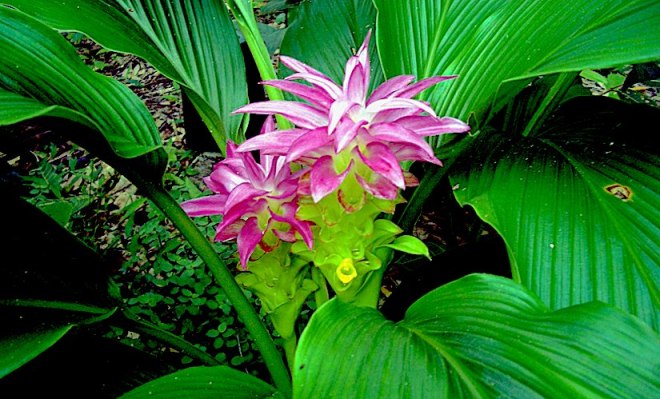
Abstract
The epidermal structure and development of stomata in four taxa of Zingiberaceae viz: Aframomum melegueta K. Schum, Aframomum sceptrum K. Schum, Curcuma longa L. and Zingiber officinale Rosc. have been investigated.
Unicellular, eglandular trichomes are observed on the epidermis of A.sceptrum and Z.officinale.
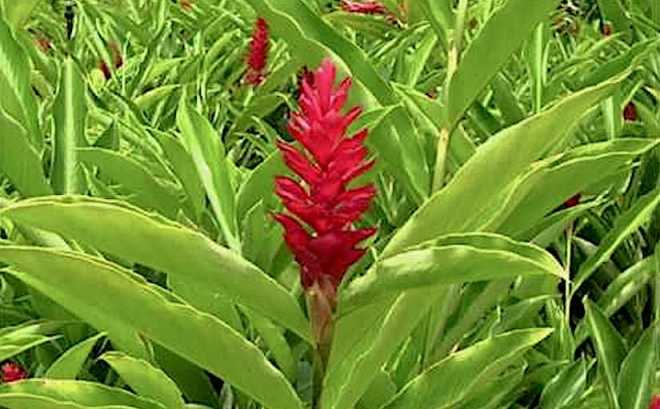
Anomocytic stomata with agenous ontogeny, paracytic stomata with eumesogenous ontogeny and tetracytic stomata with mesoperigenous ontogeny are recorded in Z. officinale, Aframomum species and C. longa respectively.
Stomata of Z. officinale are the smallest in size (20.6 × 1.4 × 10.5 ㎛) while those of C. longa are the largest (42.5 × 31.5 × 20.2 ㎛). These two taxa also recorded the highest (43.7/㎟) and lowest (28.6/㎟) stomatal frequency respectively which suggests a linear regression of frequency on size.
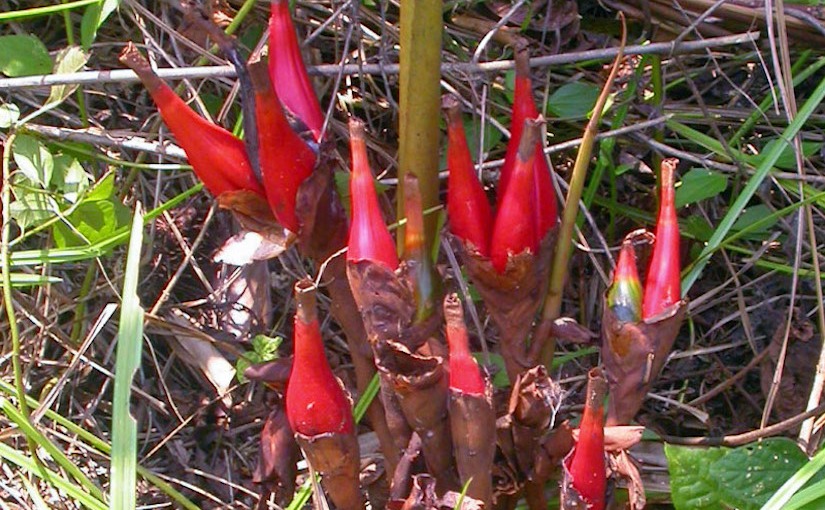
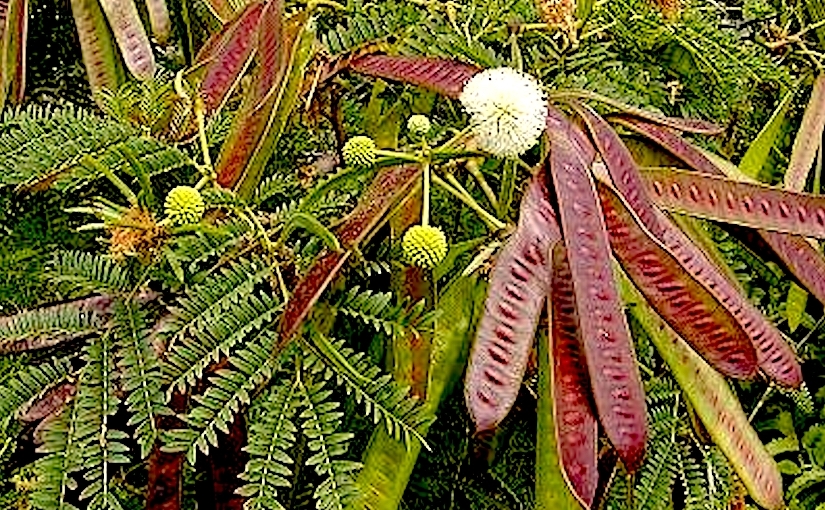
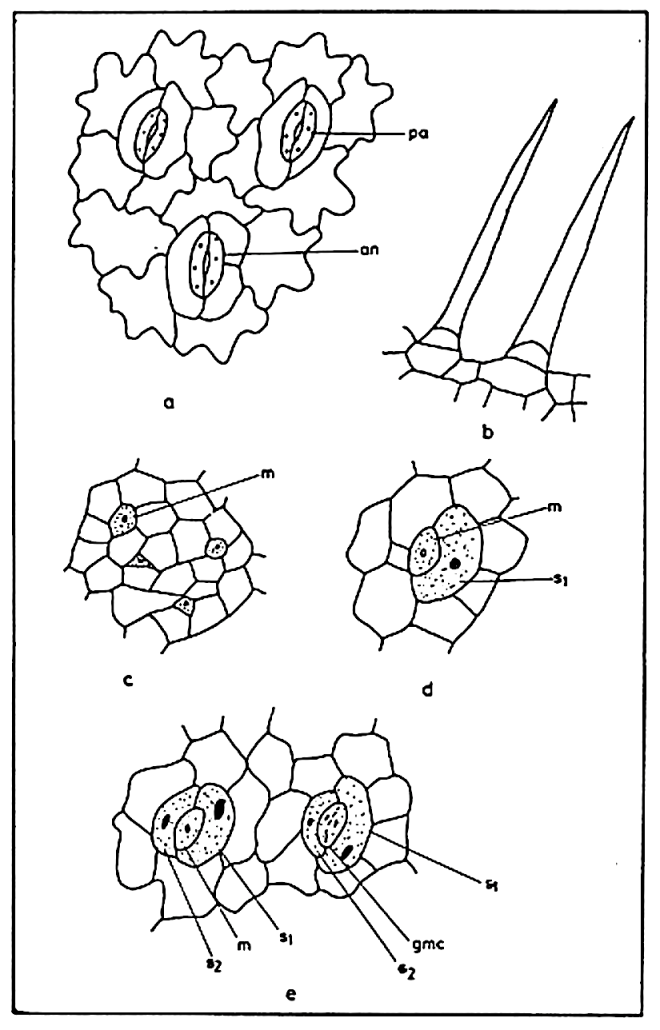
You must be logged in to post a comment.